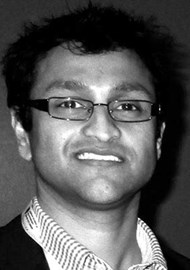Traditionally, it has been said the learning curve for a particular operation lies between 20 and 30 cases. In stapedotomy, a surgeon is deemed successful and perhaps competent if closure of the air-bone gap (ABG) is reached to within 10dB in more than 90% of patients. To put it another way, if the ABG is >10dB, the operation is seen as a “failure”. In reality we know this is not black and white but shades of grey… Anyhow, this paper suggests redefining that level, stating that the operation should be deemed as being successful if the ABG falls to within 15dB. As a fellow trying to get good at stapes surgery, that is welcome news, especially from a well-known otologist. The paper itself looked at the senior author’s experience of 204 stapedotomies (reverse Fisch technique) from 1999 to 2014. The article suggests that the senior surgeon performed all operations, although I hope that trainees performed some of the procedures! This of course would probably worsen results to some extent, and is probably a discussion for another day. Using more novel techniques of cumulative summation graphs (CUSUM) and the cumulative summation test for the learning curve (LC-CUSUM), a graph can be drawn to find out when the novice surgeon reaches competence and if he/she stays competent. Using the old definition of failure (>10dB ABG), the surgeon did not reach competence in 204 operations. Redefining failure as >15dB ABG meant that it took 43 operations to reach competence (longer than we traditionally thought). This has implications for training and also consenting purposes. This is a welcome study which encompasses several aspects of surgical training. You may want to see how your results compare and you will probably need a medical statistician to help!
Darn it! It’s going to take longer to get good at stapes surgery!
Reviewed by Anand Kasbekar
Outcomes in stapedotomy surgery: the learning curve redefined.
CONTRIBUTOR
Anand Kasbekar
BMedSci, DOHNS, FRCS (ORL-HNS), DM, Nottingham University Hospitals NHS Trust; Associate, The University of Nottingham; Otology and Hearing Group, Division of Clinical Neuroscience, School of Medicine, University of Nottingham, UK.
View Full Profile



